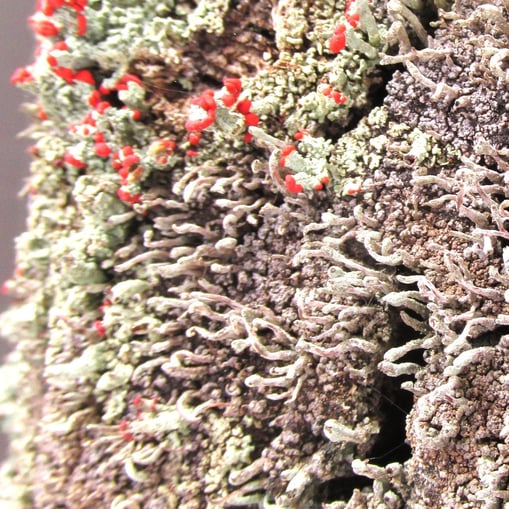Photos from my visit to the Huron Artist Residency Collaboration, May 24-25, 2024, in Greenbush, Michigan.


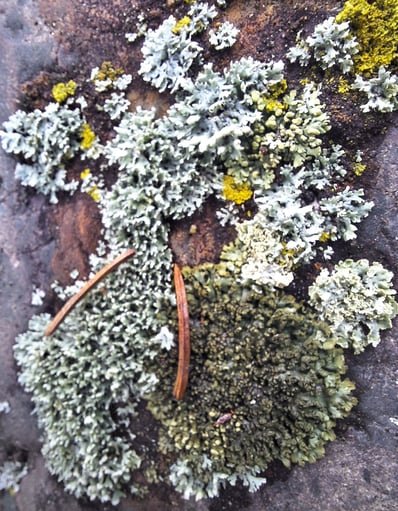


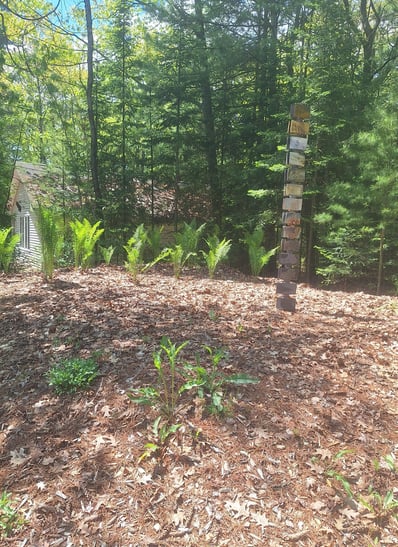
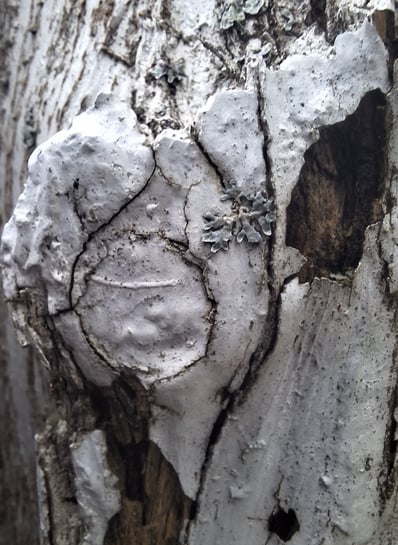


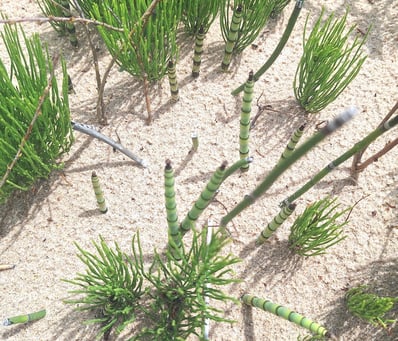
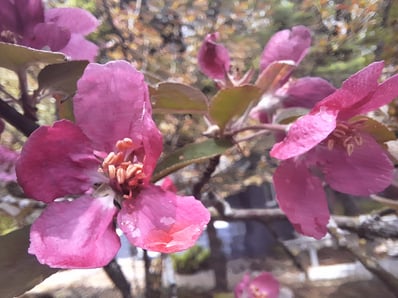
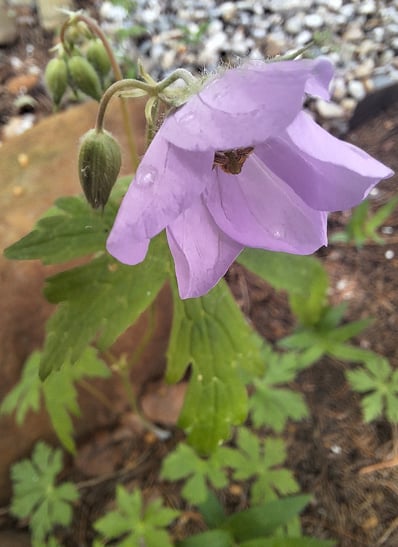
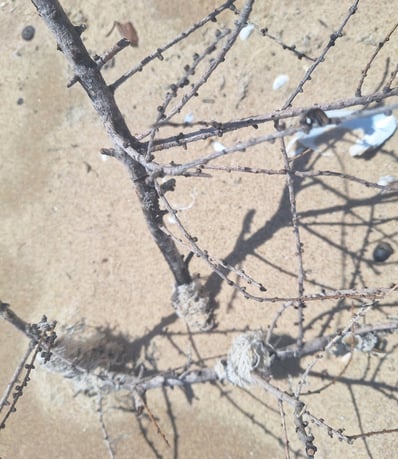

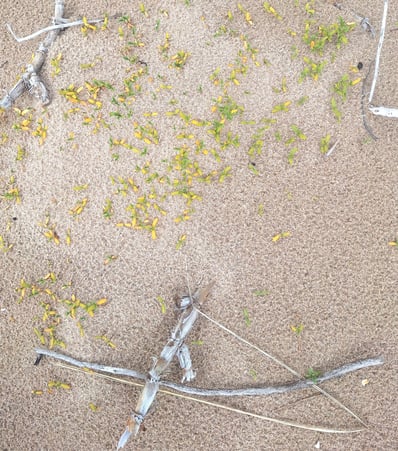















Achieve a Beginner’s Mind When it Comes to Your
Creative Practice
I encourage folks to take up making things with an open mind and a playful attitude—using our innate creative abilities to express oneself. Art making is enjoyable and fulfills a boundless array of needs in human beings—please do not stifle your own natural innovation and imagination. Enjoy the process and have fun—there are so many delightful surprises awaiting you in your work.
Sherri Lynn Wood advises on page 92;
Cultivate a beginner’s mind—the practice of having an attitude of openness, eagerness, and lack of preconceptions when studying a subject—when approaching art making.
Consider these suggestions on moving forward;
Focus on questions, not on answers
Respond to everything that comes with an attitude of not knowing
Be curious
Take it one step at a time—do not worry about a destination or making a masterpiece
Maintain an open mind about how to apply your wisdom and experience in each new situation
Let go of being an expert—take risks
Celebrate mistakes and look for fresh possibilities to solutions
Feed your sense of wonder and awe—tap into the excitement of life
Remember that we are mysterious and complicated, even to ourselves. Mkaing art does not require or mandate explaining everything that you create to others
The Improv Handbook for Modern Quilters, Sherri Lynn Wood. NY: STC Craft, 2015. https://www.sherrilynnwood.com/
If a man does not keep pace with his companions, perhaps it is because he hears a different drummer. Let him step to the music which he hears, however measured or far away.
Henry David Thoreau
You can learn new things at any time in your life if you’re willing to be a beginner. If you actually learn to like being a beginner, the whole world opens up to you.
Barbara Sher
If I get back into the beginner mindset, I can unearth energy and a fire that I didn’t know I could even still possess.
Peter Hedges
Write every day. Make writing a part of your life, but also don't be afraid of learning from others because I think you can. I still try to think of myself as a beginner because that way I can keep on learning.
From James Clear, “Others don’t need to lose for me to win. If you’re having a conversation and someone makes a statement that you disagree with, try releasing the urge to correct them. They don’t need to lose the argument for you to win. Letting go of the need to prove a point opens up the possibility for you to learn something new. Approach it from a place of curiosity: Isn’t that interesting. They look at this in a totally different way. Even if you are right and they are wrong, it doesn’t matter.”
https://jamesclear.com/shoshin
Inspiration Comes from Artist Philippa Stanton
How to combat burnout;
These small efforts are invigorating for creativity in some shape or form.
Plan and visit at least 3 different museums or galleries during the next month.
Draw something on a 3X5” index card or a “Post-It Note” every day for the next month.
Cook a meal that you have never cooked before---share it with someone, if possible.
Create and personalize a month’s calendar page. Write 1 word both every morning and every evening on each day.
Watch a documentary or read a book on a topic outside of your accustomed area of interest.
Enhance Your Observational Skills by Looking;
ABSTRACTING---a practice of visually defining objects by simplifying your view of their shape/form. A viewfinder is terrific for this practice.
MATCHING---a practice of looking out for objects, colors, patterns or shapes that visually match others, but are functionally completely different.
COLOR IDENTIFYING---a practice of identifying colors, particularly when at first glance you may not realize they are there.
PATTERN SPOTTING---a practice of consciously noticing and looking for patterns, no matter how random, abstract or farfetched.
JOY SPOTTING---Check out Ingrid Fetell Lee online! https://aestheticsofjoy.com/2019/06/27/joyspotting-101/
Exercises for you;
Look up and find 3 things you never noticed before
Look down and count the different number of surfaces that you walk/move on during your daily travels
Look straight ahead and notice how much you cannot see all around you
Look for shadows and contemplate their unlimited shapes and tones
Daily Practice of Taking a Walk
Decide first on your destination
Try walking for at least 30 minutes (no smartphones)
Take notice of everything around you
While you are walking think about why you like or dislike the area
Be mindful of your feet (or wheels) on the ground and your breath—how does the air feel?
If you can, allow yourself to touch, hear and smell what is all around you
Go back on the same walk, on a different day, and take photos of everything that interests you
View and contemplate these pictures from a week’s time---what do you observe in each photo? Similarities? Differences? A story line?
Organize your week’s observations into a record, journal, sketch or artwork
Perceiving Color Practice;
As a simple exercise, cut out 2 small squares, about 1X1”, of the same-colored paper. Explore placing the 2 squares on different colors of backgrounds (use paper, fabric, furniture, sidewalks, flooring, etc.). Play a bit with the spacing utilized between the 2 squares. How does the background/base color affect your perception of the color in the 2 squares? If you wish, record your impressions with writing or drawing.
Abstract Design Practice;
Choose an uncomplicated abstract painting and recreate with objects and/or papers (with cut or torn edges) that match/echo its shapes, colors and composition. Look for several objects or papers that can create a similar look to the painting—experiment with placement of elements. How deeply does texture affect your designs? Notice various textures: smooth, scaly, rough, spiky, feathery, crumbly, furry, shiny, matt, leafy or ragged. Contemplate your resulting compositions and document your research with photos or sketches, if desired.
SOURCE: Conscious Creativity: look, connect, create by Philippa Stanton. London: Quarto Group, 2018. https://www.5ftinf.com

